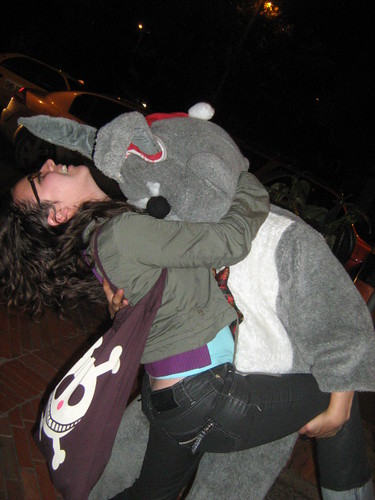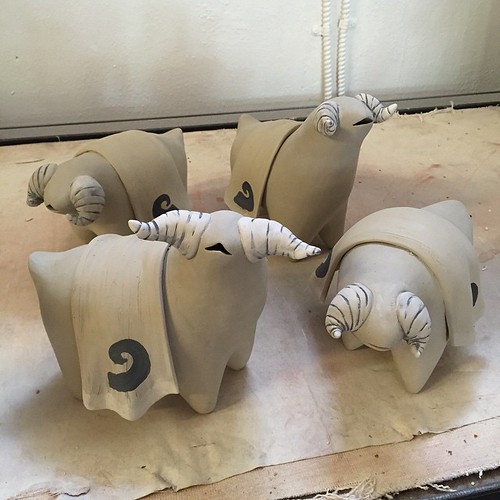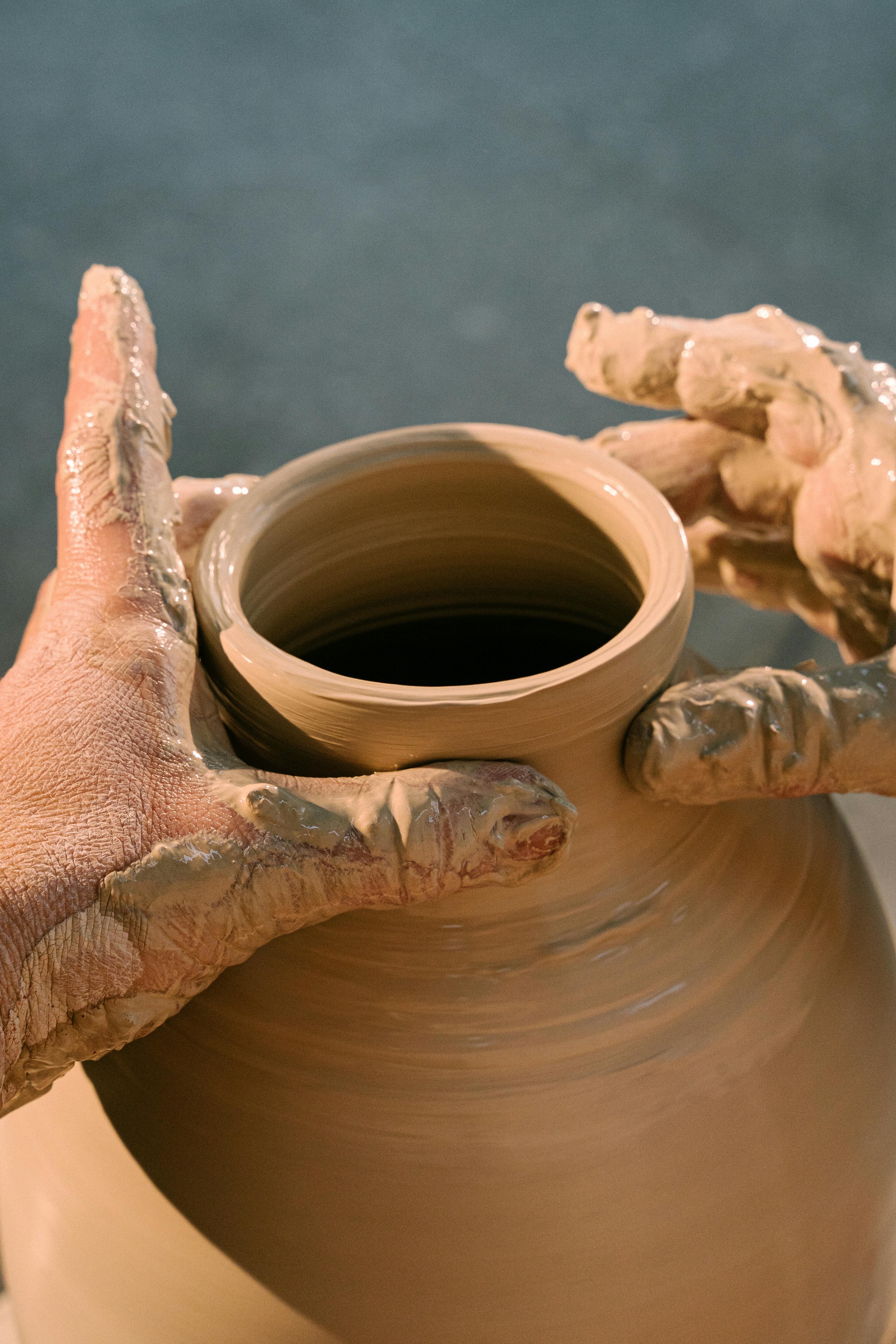
Understanding the cone 020 temperature is crucial for potters and ceramic artists who want to achieve specific results in their glaze and clay works. This temperature, measuring around 1207°F (653°C), plays a significant role in low-fire ceramics, where it’s often used to bisque fire pieces or mature specific glazes. Knowing the behavior of different materials at this firing temperature can greatly influence the final aesthetic and functional qualities of ceramic pieces, making it a foundational concept in ceramic arts.

| Material | Characteristics at Cone 020 | Influence on Final Product |
|---|---|---|
| Earthenware Clay | Matured but porous | Allows for colorful glaze applications |
| Glaze | Vitrifies and bonds to clay surface | Adds gloss and color to ceramics |
| Underglaze | Stays true to color | Enhances detailed designs |
The Magic Behind Cone 020: Unpacking Its Impact

Working with ceramics is much like conducting a symphony, where each material and temperature has a role to play in orchestrating the perfect opus. When we gaze into the world of cone 020, we embark on a journey where earthenware clay, glaze, and underglaze are the stars of the show.
At cone 020, your earthenware clay finds itself matured yet maintaining a delightful porosity. This characteristic is crucial for the absorption of vibrant glaze applications. As you witness your clay at this stage, you’re not just allowing it to solidify; you’re prepping it to become a canvas that embraces color with open arms. This porosity provides an expansive playground for glazes that need that perfect base to transform into vivid hues. For a comprehensive understanding of basic pottery shapes that influence this process, consider exploring this ultimate guide for ceramics.

When it comes to glaze at cone 020, consider it the unsung hero diligently working behind the scenes. As it vitrifies and seamlessly bonds with the clay surface, it adds both gloss and color. The interaction at this critical temperature achieves an aesthetic balance that transforms a simple piece of clay into a dazzling spectacle. The resulting gloss not only enhances the visual appeal but also fortifies the ceramic’s surface, marrying beauty with durability. You can explore more about achieving this balance from this detailed firing guide.

Underglaze takes on a more subtle yet intricate role. At this temperature, it stays true to its original color, faithfully enhancing detailed designs and patterns. This consistency means you can confidently introduce intricate motifs, knowing they will emerge from the kiln true to your artistic vision. The underglaze becomes a storyteller, with each brush stroke contributing to the narrative etched into your ceramic canvas. For a more in-depth understanding of how underglaze functions at different stages, check out this comprehensive guide.
Mastering the Art of Cone 020
For any aspiring potter, the mastery of cone 020 involves a harmonious integration of these materials to achieve the desired outcome. Here’s a quick list of tips to cultivate success at this firing range:
- Test Thoroughly: Before diving into a full pottery batch, conduct tests to see how different glazes react at cone 020. Each formula could offer a myriad of possibilities, as detailed in this comprehensive firing guide.
- Embrace Experimentation: Don’t fear the ‘trial and error’ process. Some of the most enchanting pieces arise from unexpected combinations and techniques.
- Document Your Journey: Keep a journal of your cone 020 experiments. Note changes and observations—this log could be a valuable reference for future projects.
Harnessing the unique attributes of cone 020 not only enhances your technical skills but also broadens your creative horizons as a ceramic artist. Whether you’re capturing the essence of simplicity with a natural glaze or breathing life into complex details with underglaze, understanding and utilizing this firing temperature allows your artistic spirit to take flight.
What’s your hallmark technique or go-to combination for working at cone 020? Share your experiences or favorite tips in the comments below! To explore more recent articles and insights on ceramic techniques, feel free to dive into our content.
As we’ve explored, mastering the cone 020 temperature can truly elevate your ceramic projects, allowing for greater control and creativity in your low-fire works. Whether you’re a seasoned potter or just starting out, understanding this crucial temperature opens up a world of possibilities for your glaze and clay applications.
Stay Connected
I’d love to see what you’re creating! Make sure to follow us on Instagram for more tips, inspiration, and updates on all things ceramics. Let’s continue this creative journey together!
